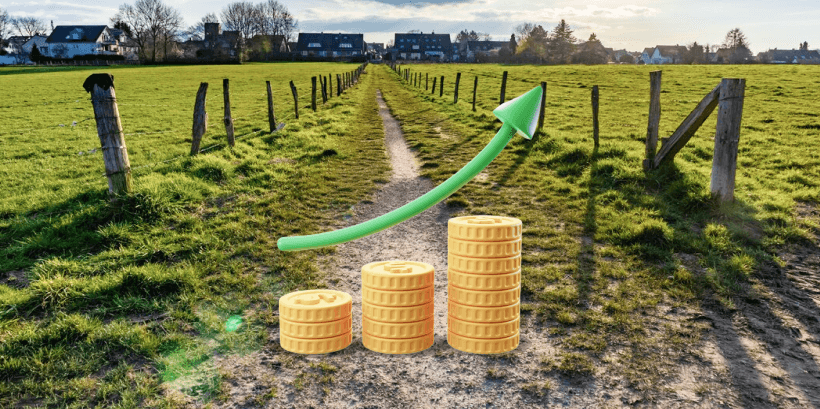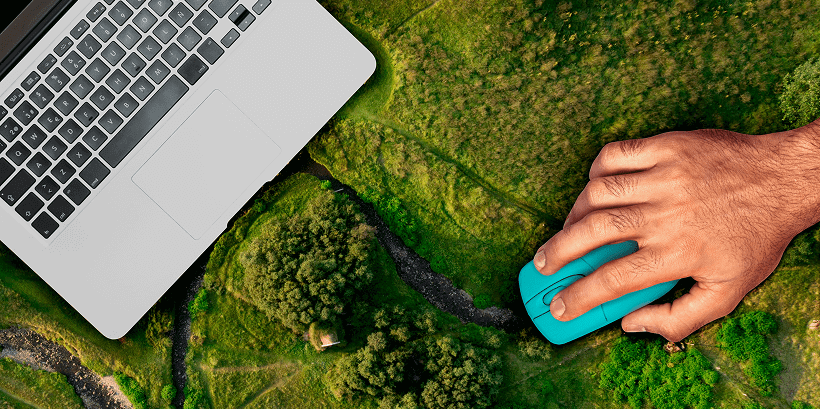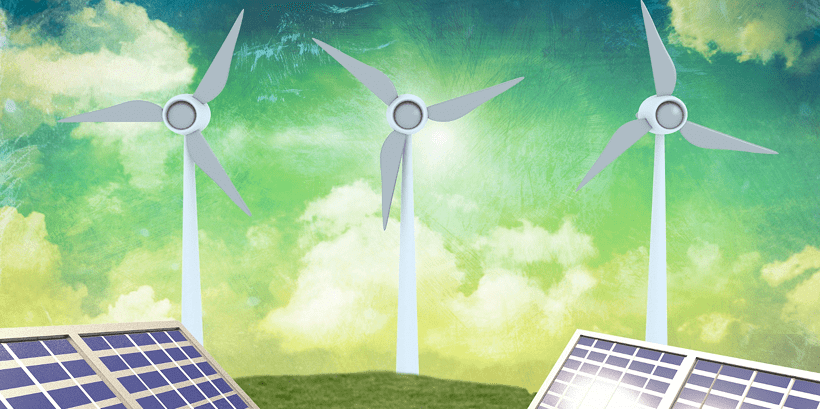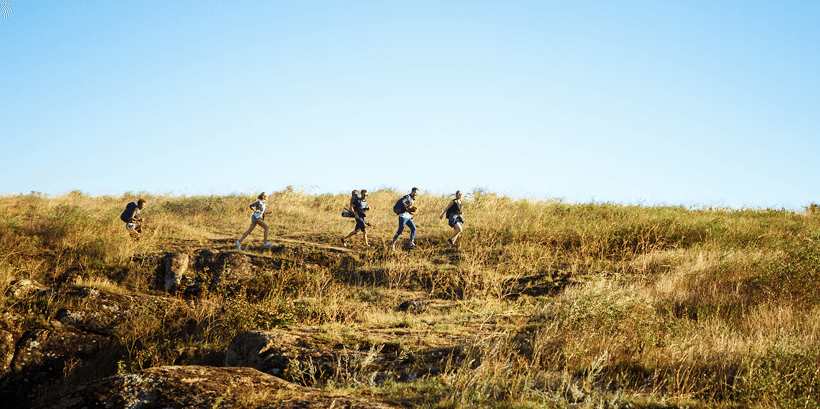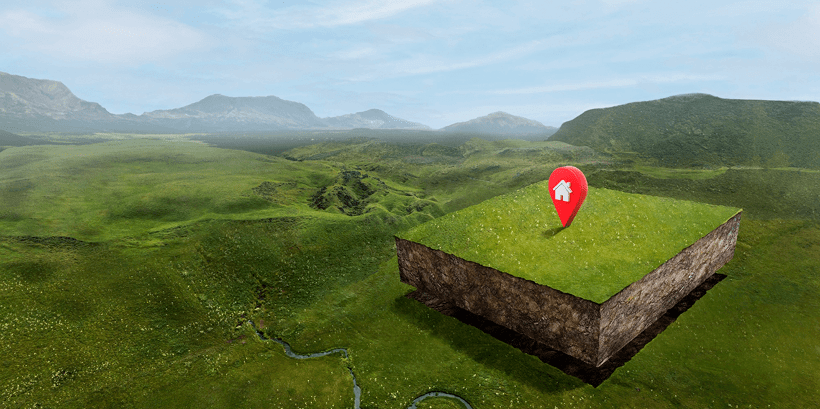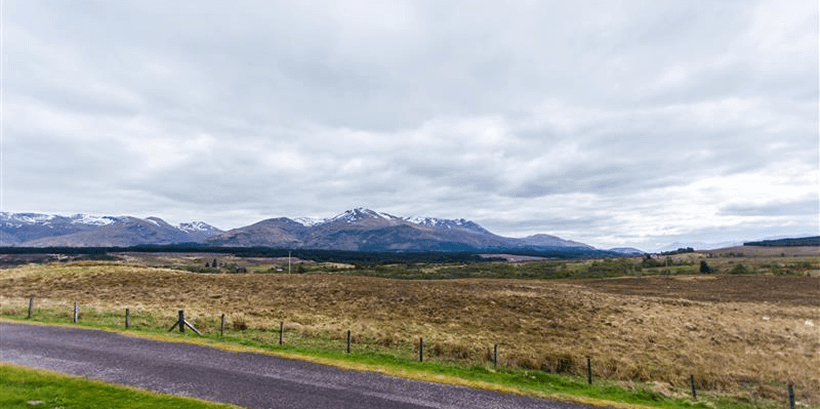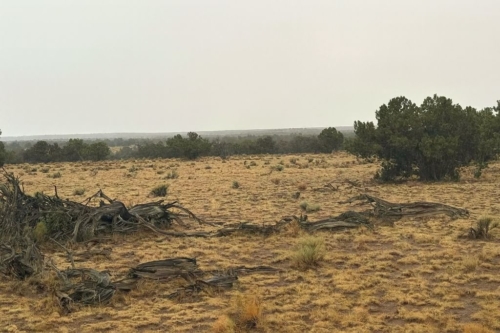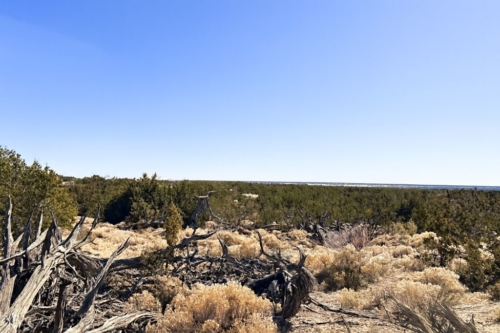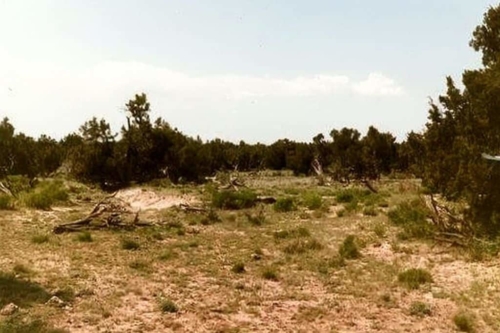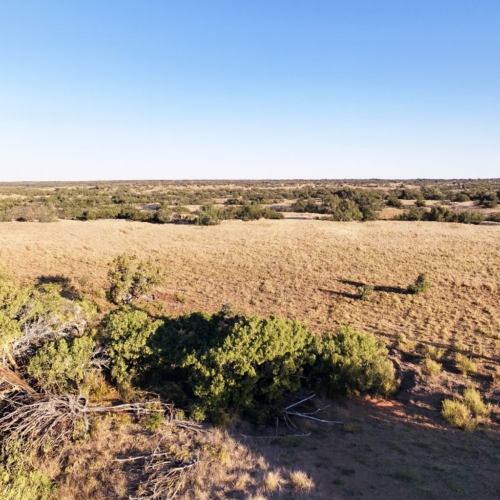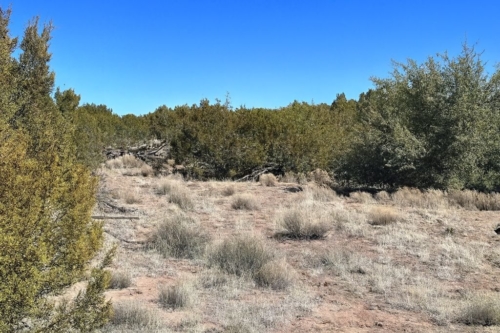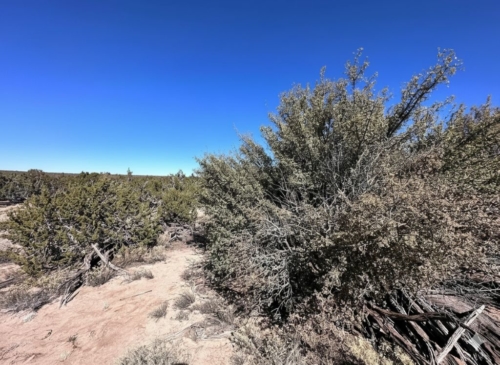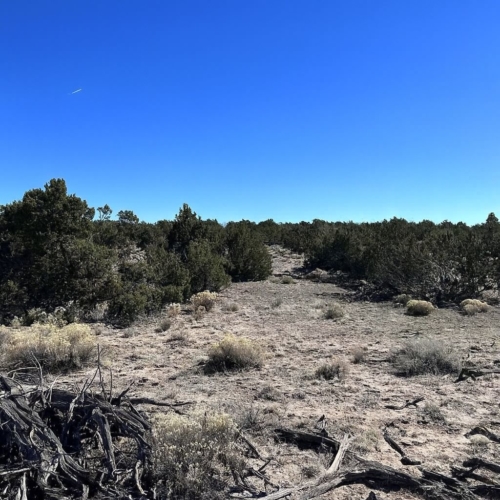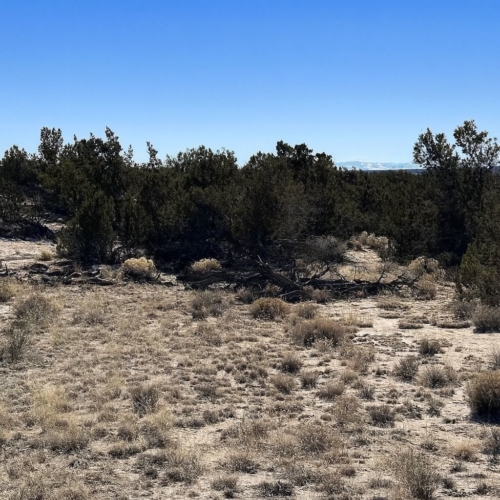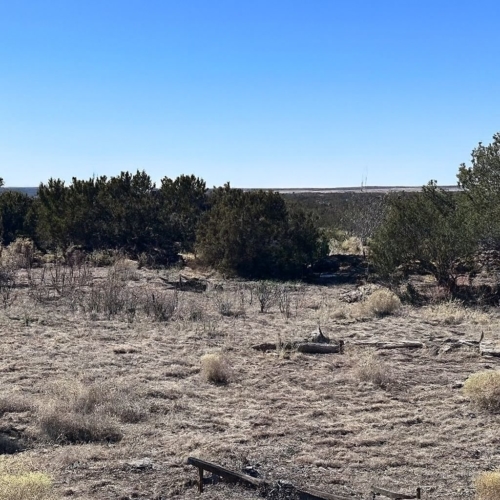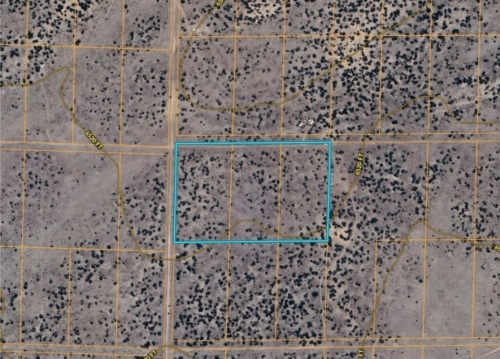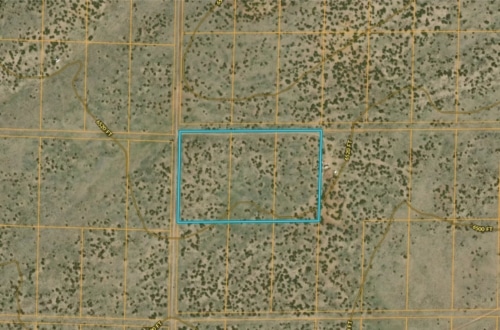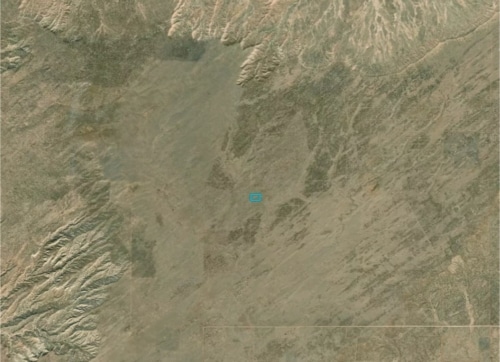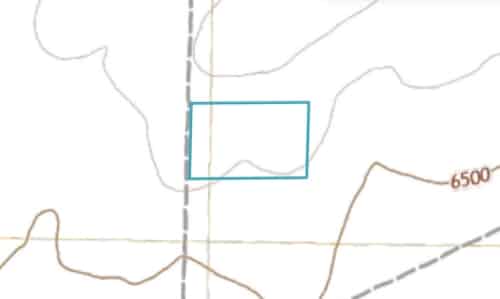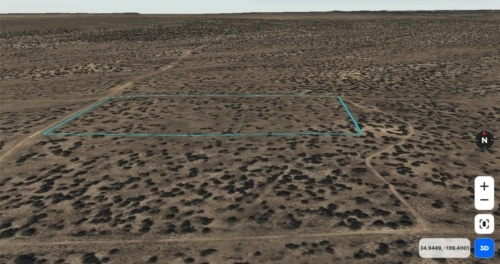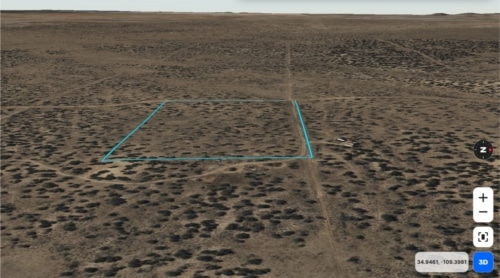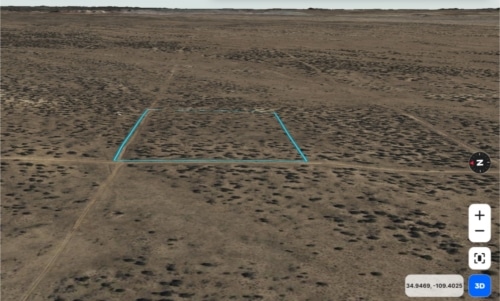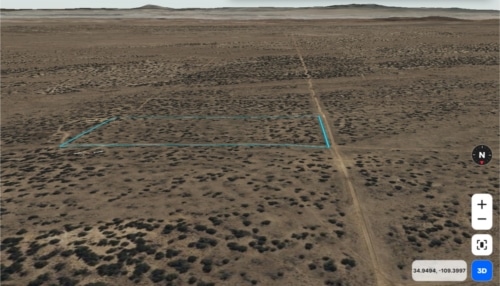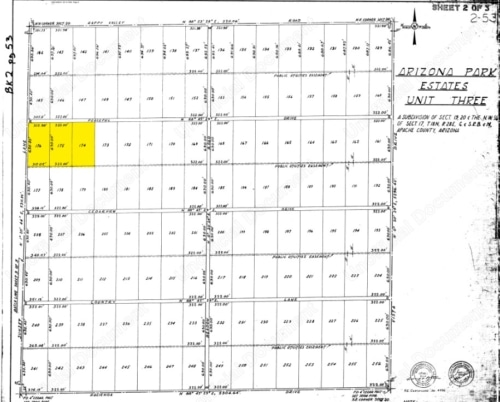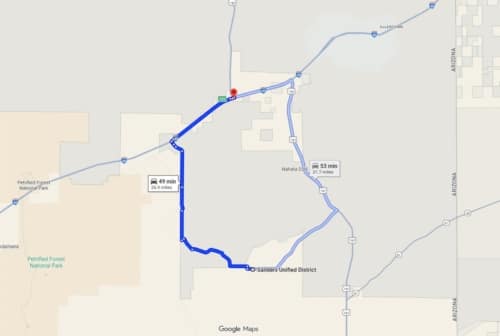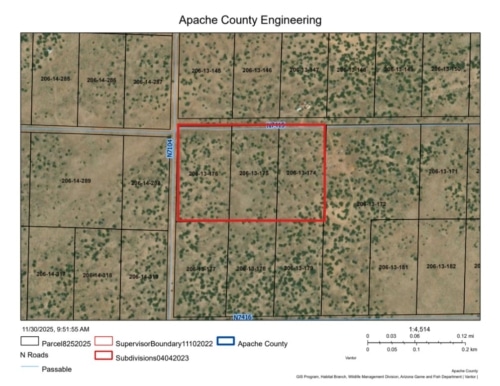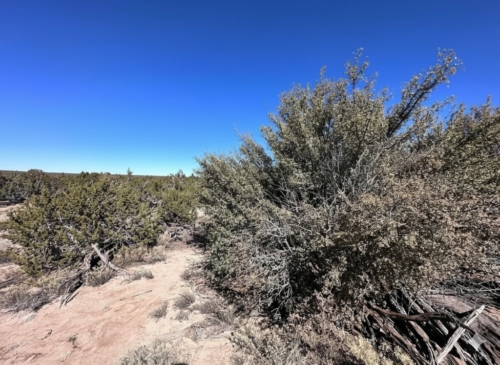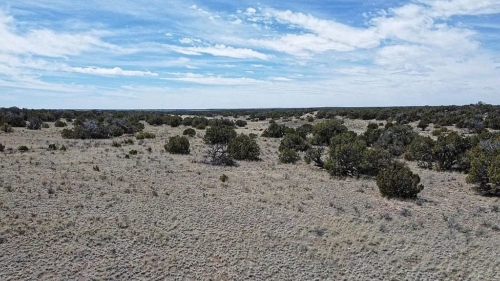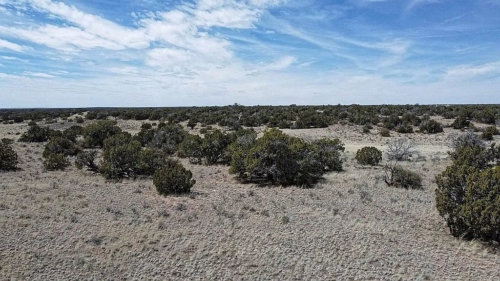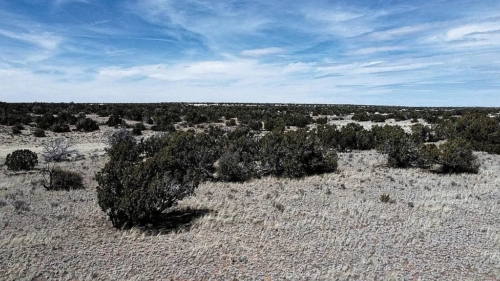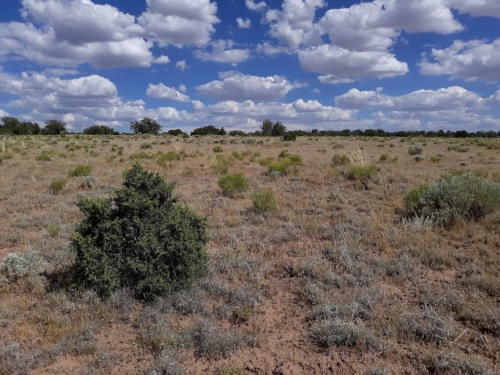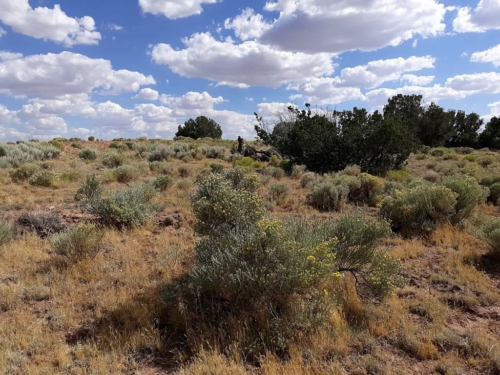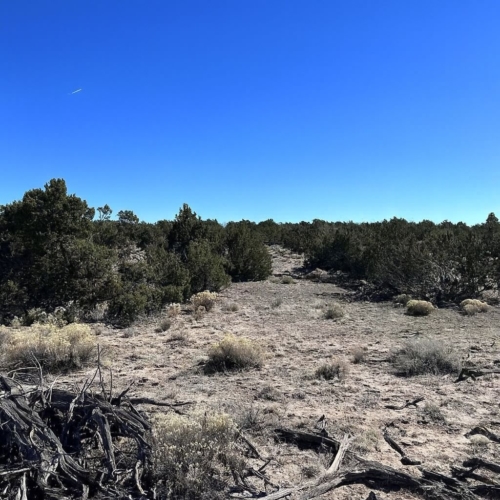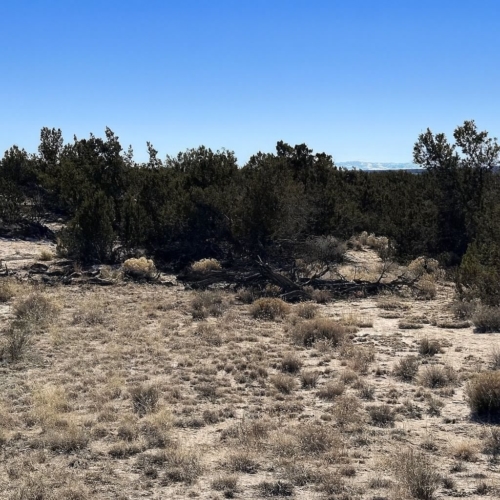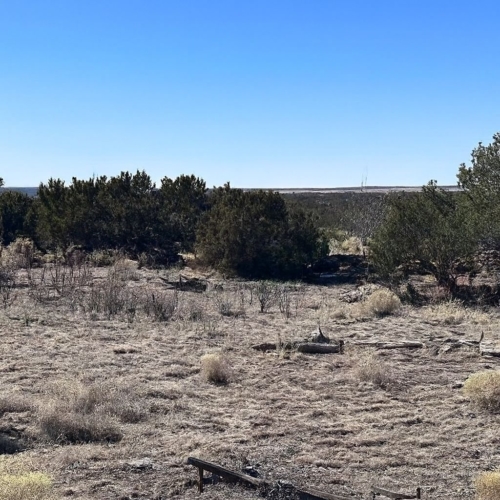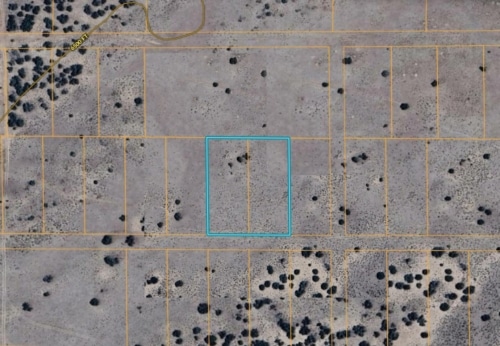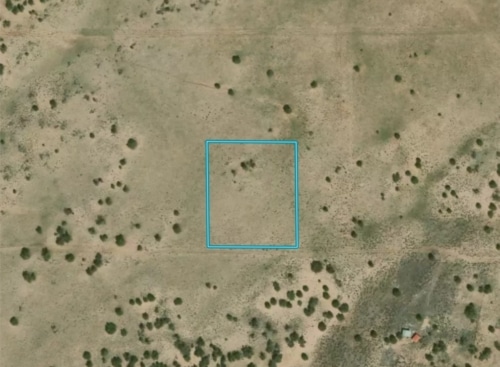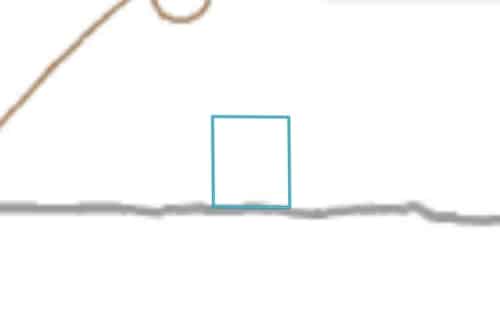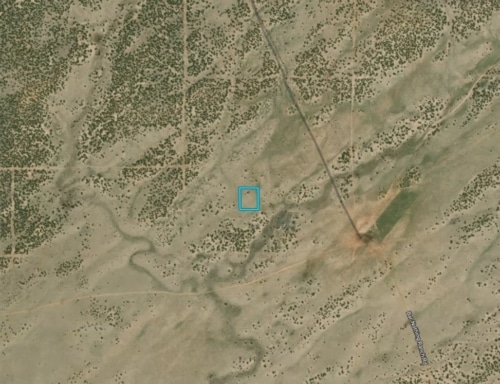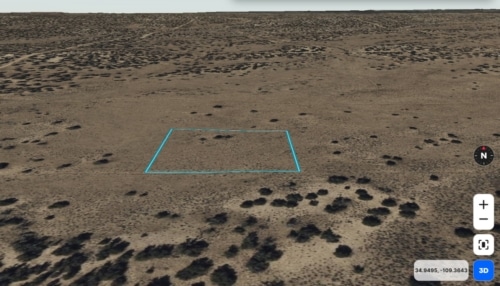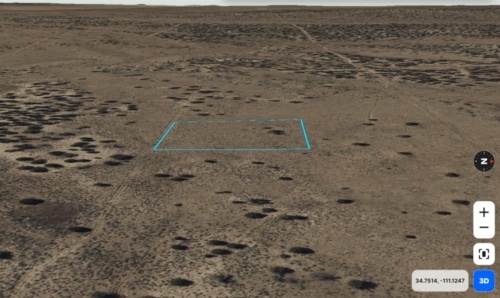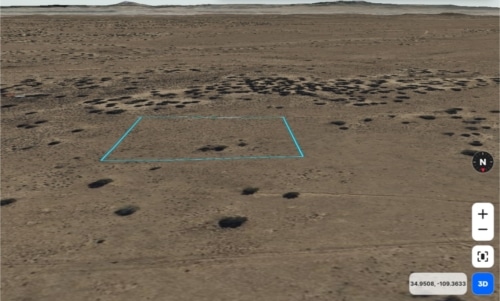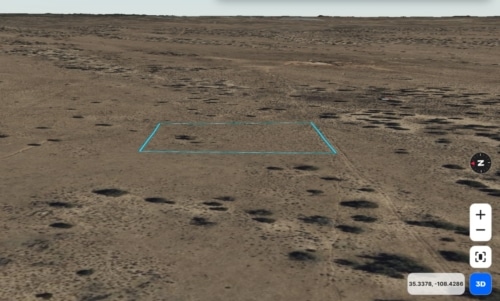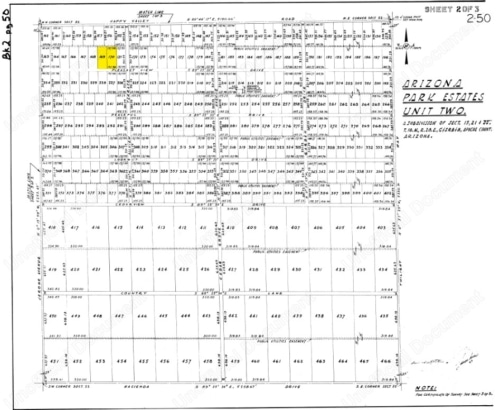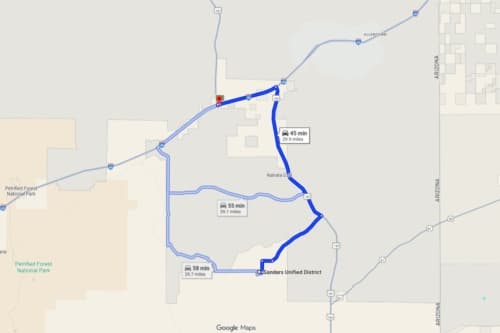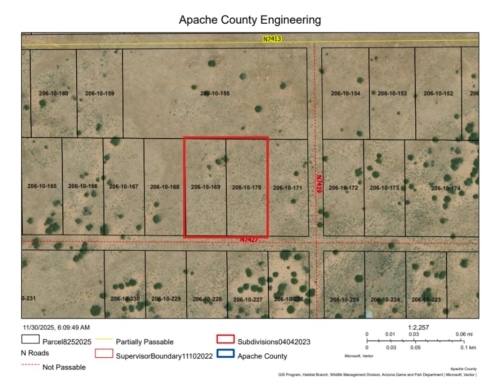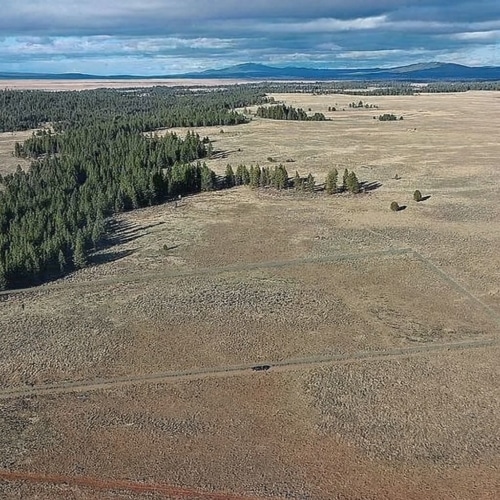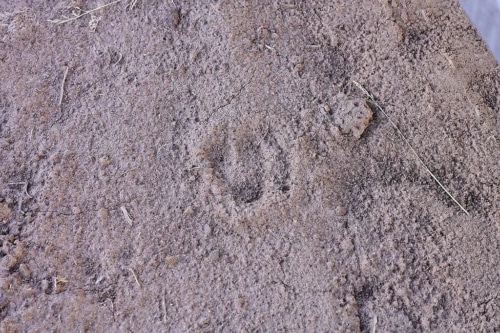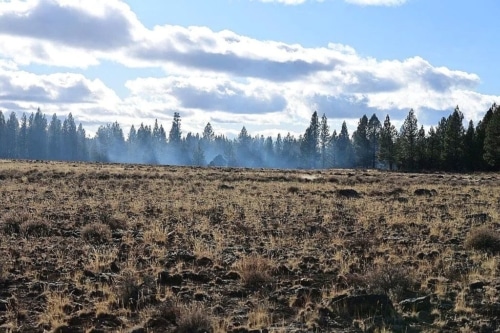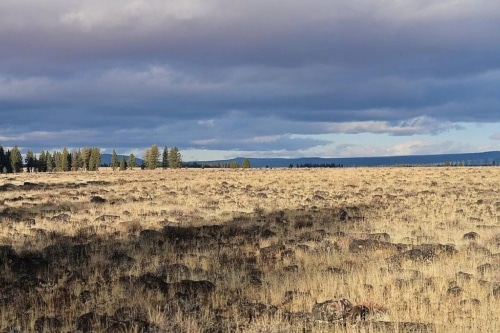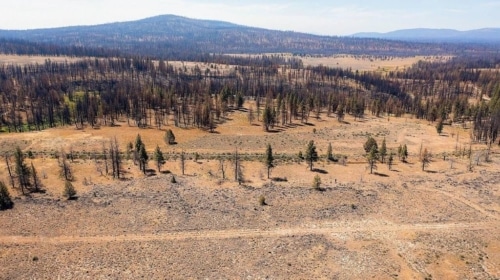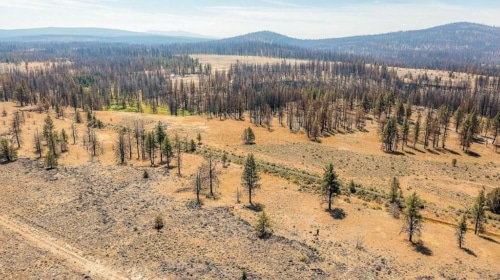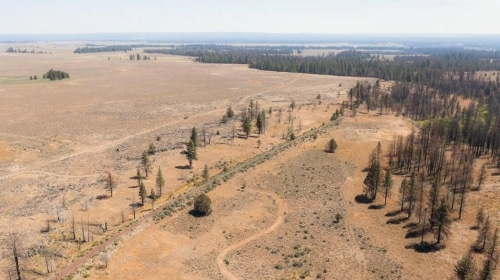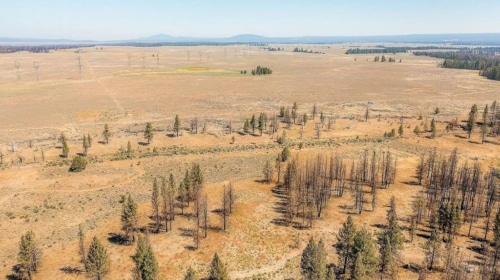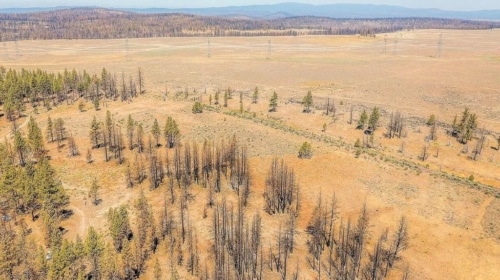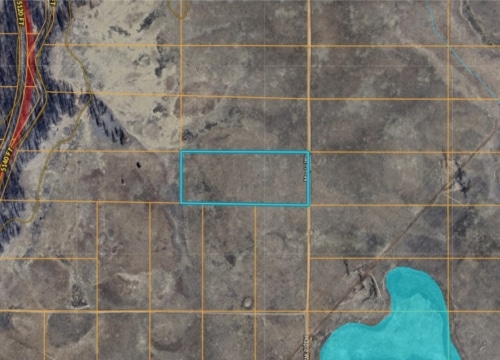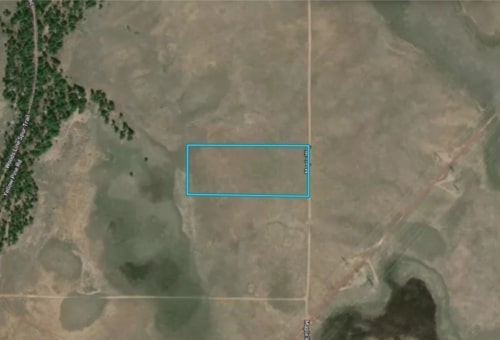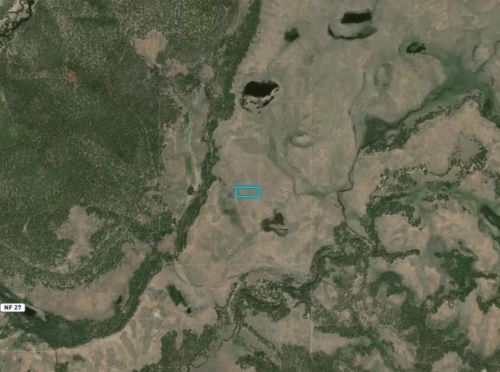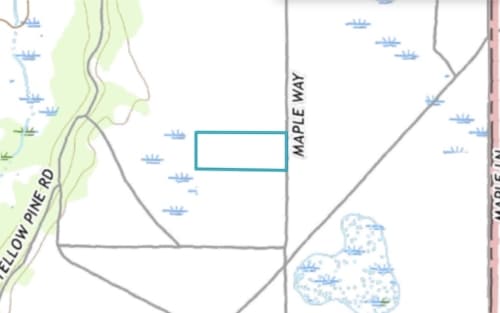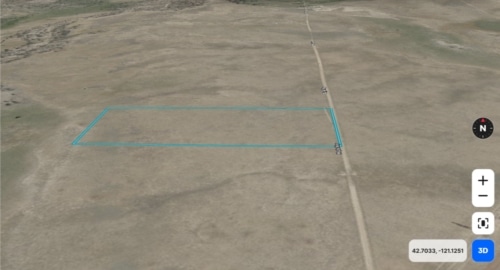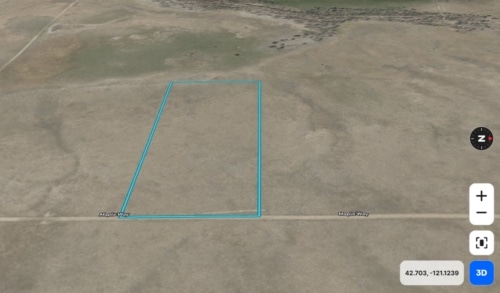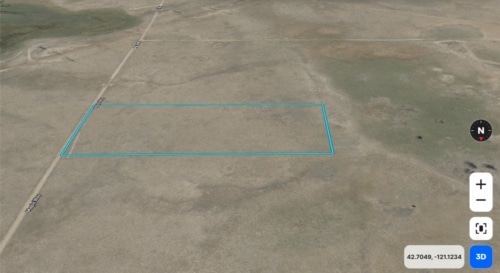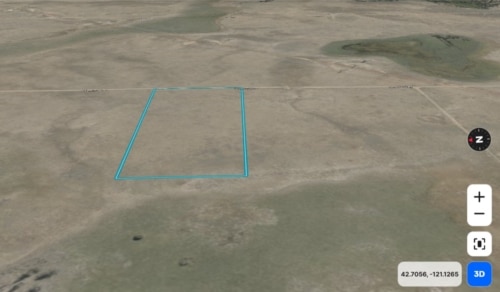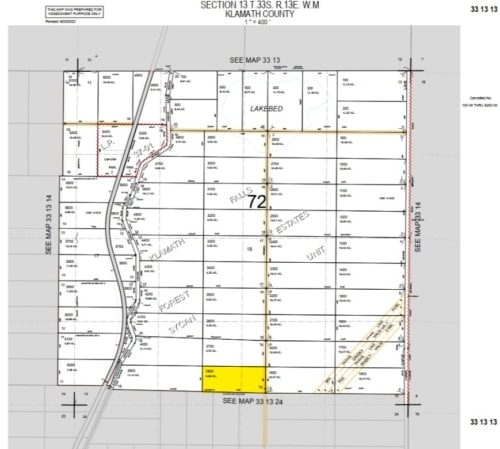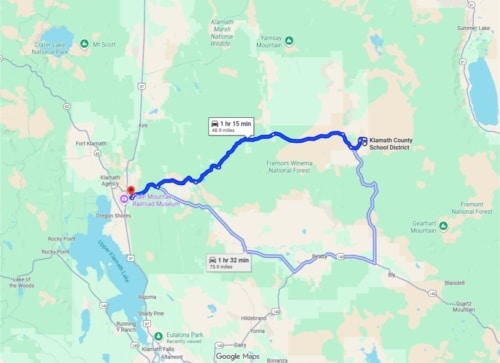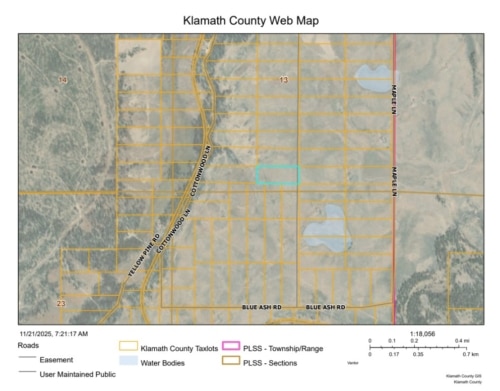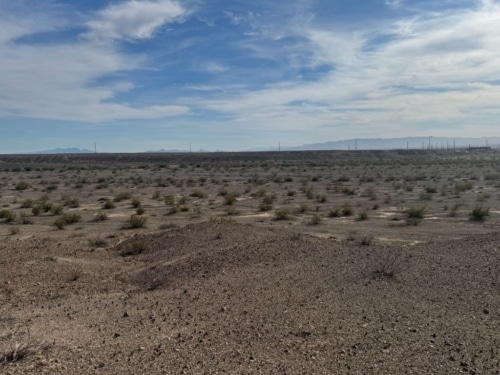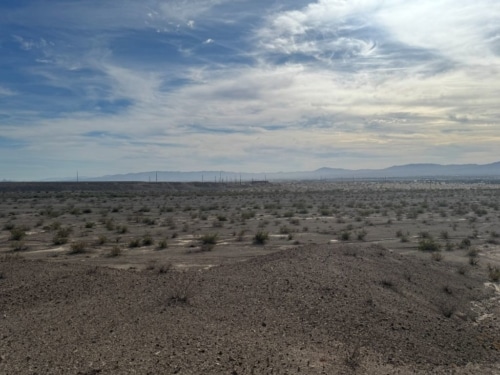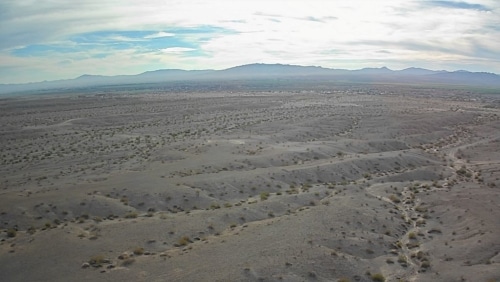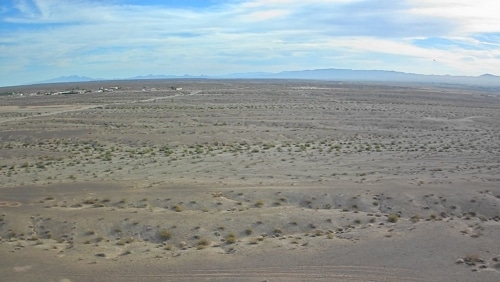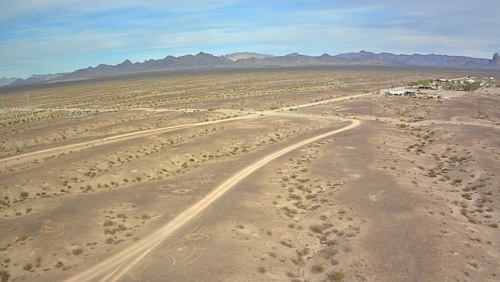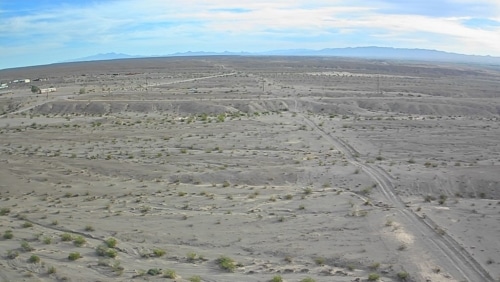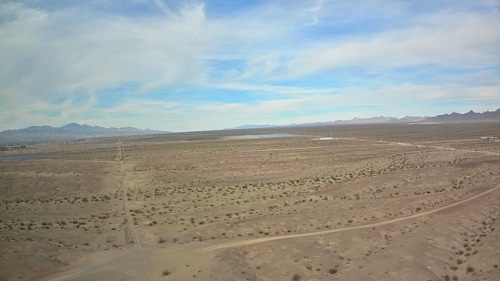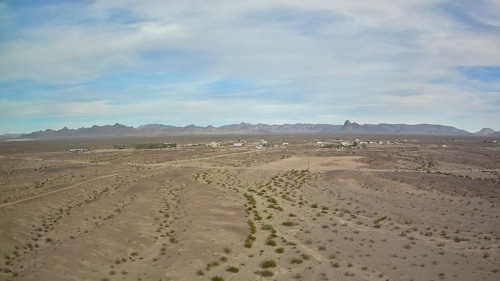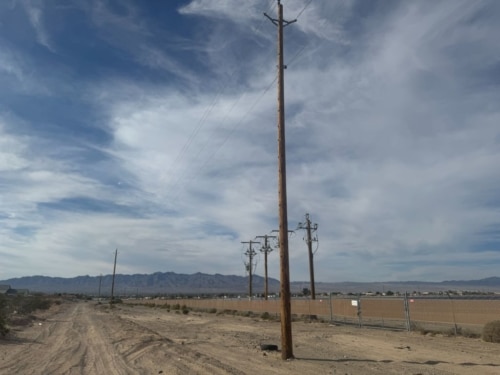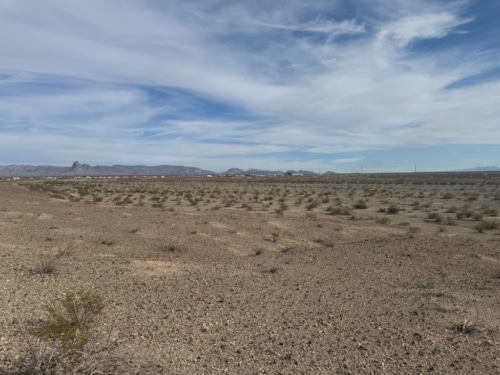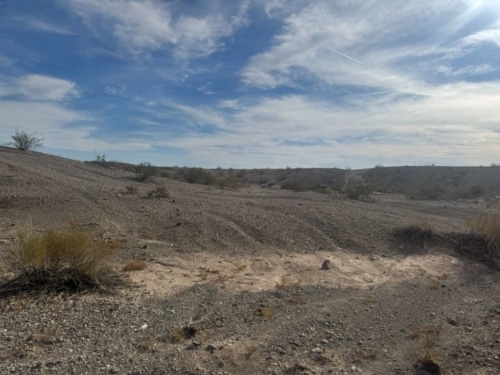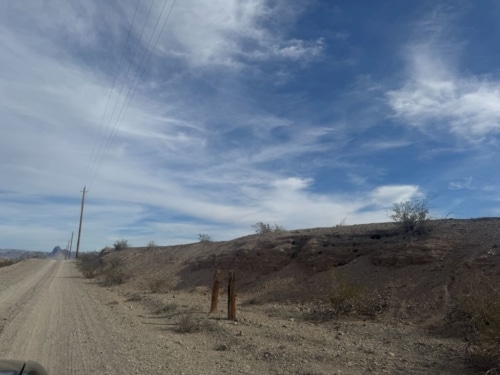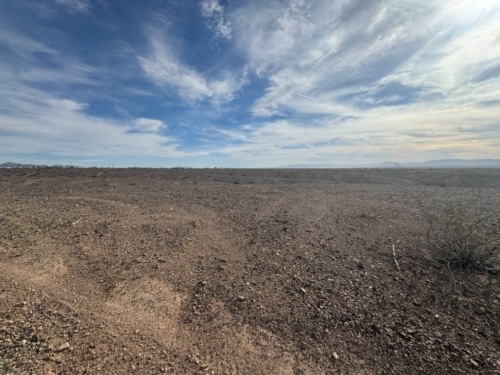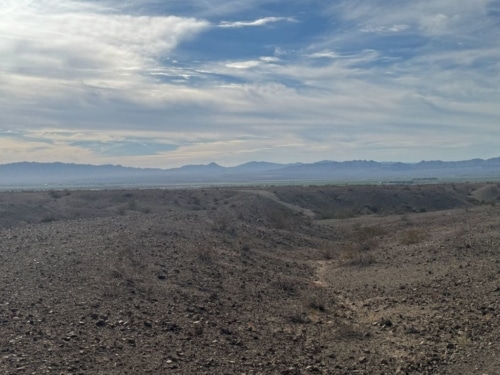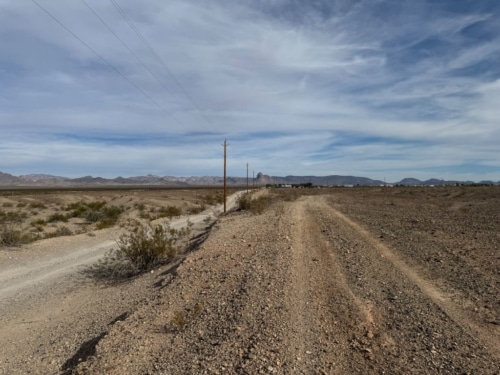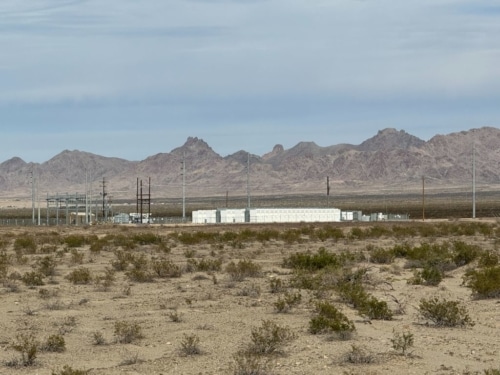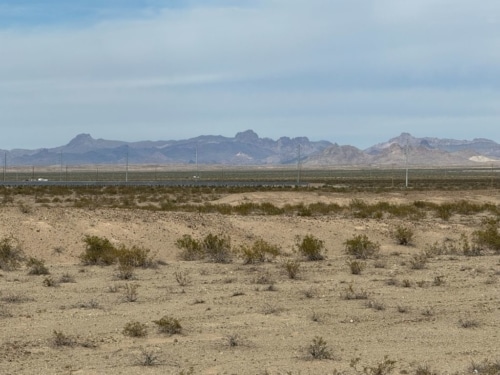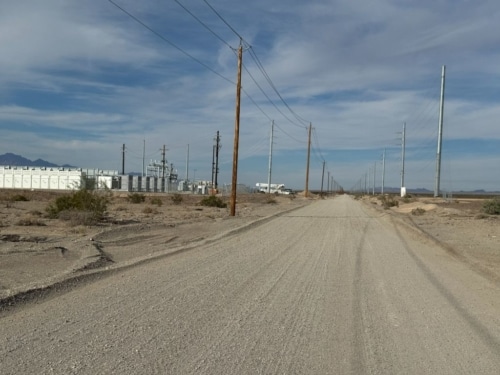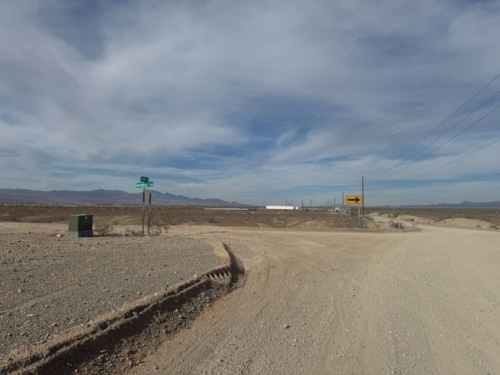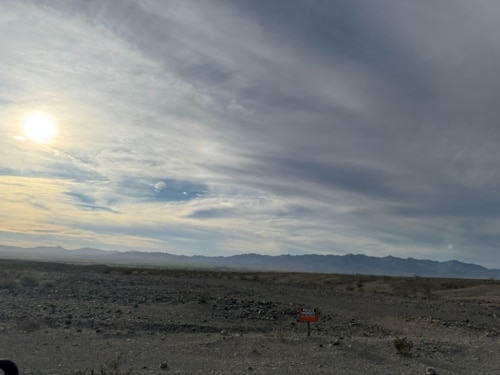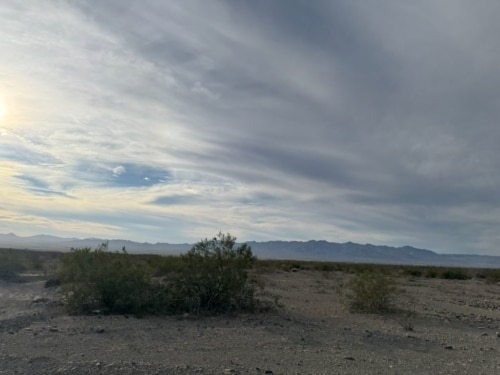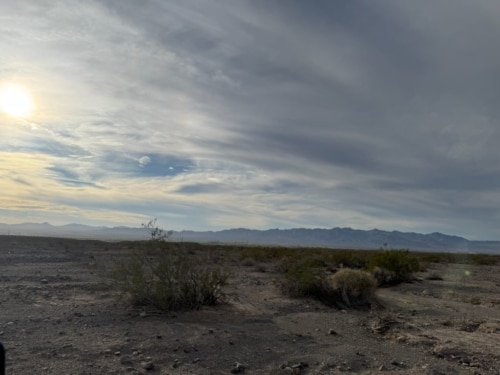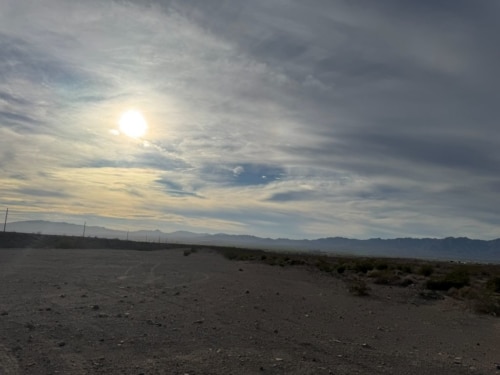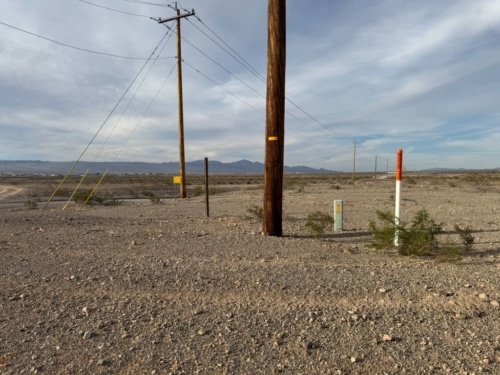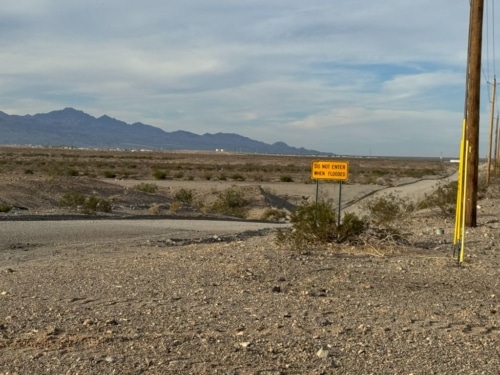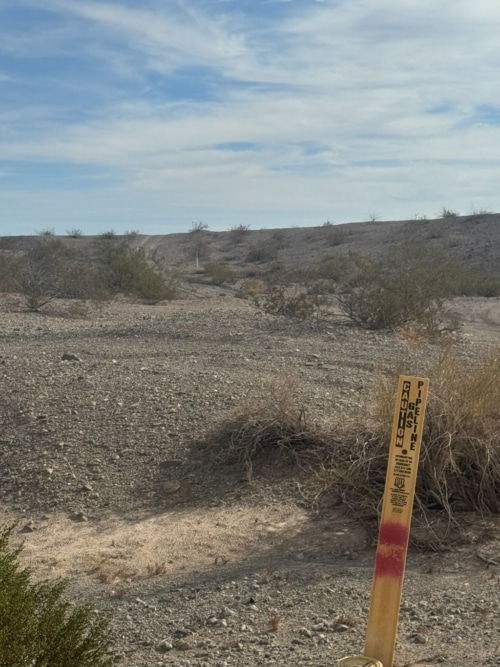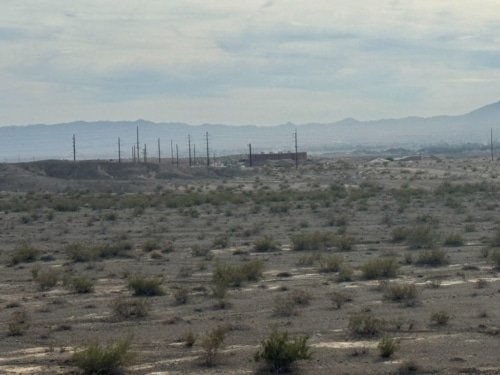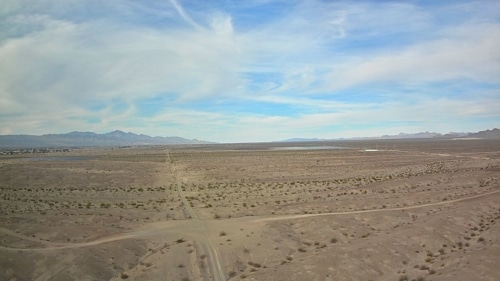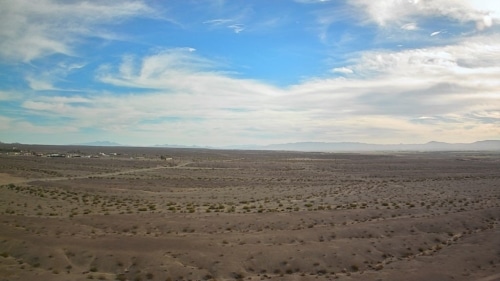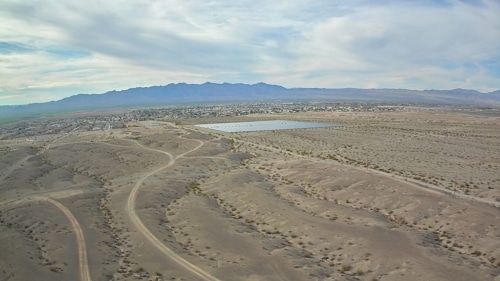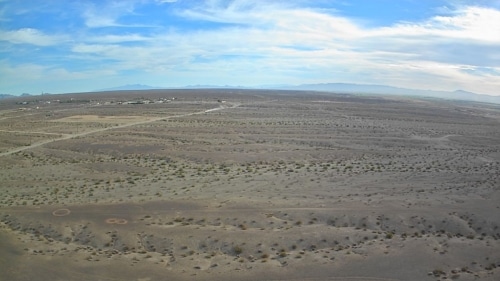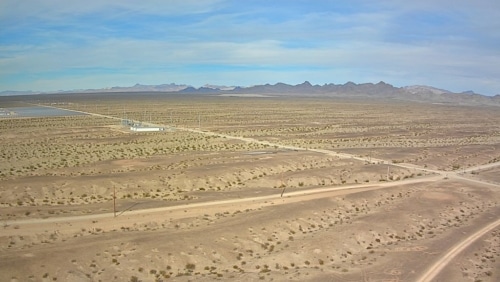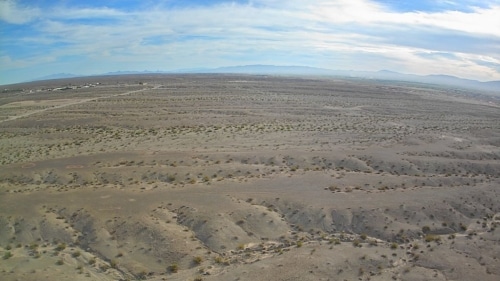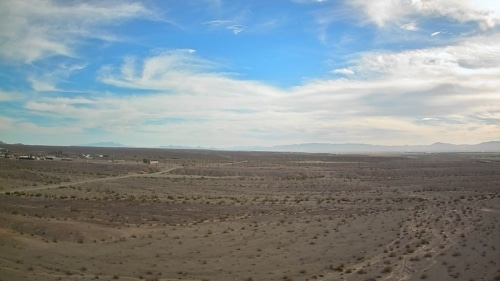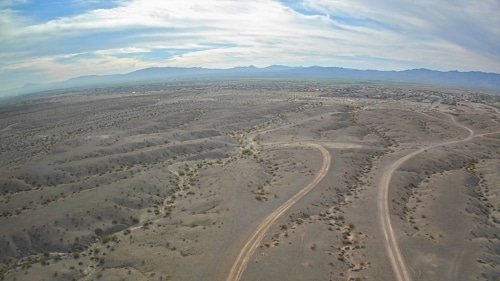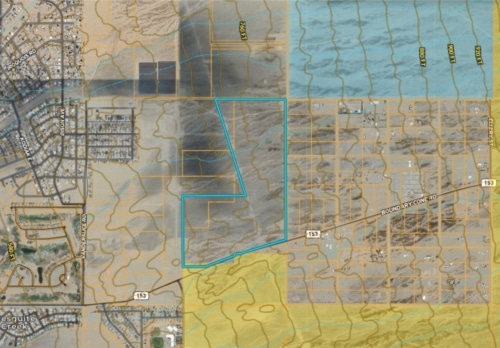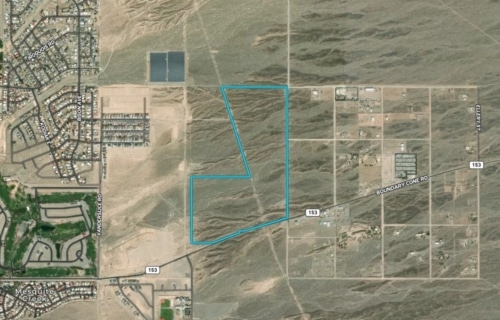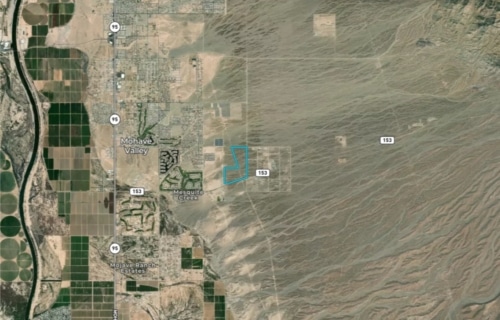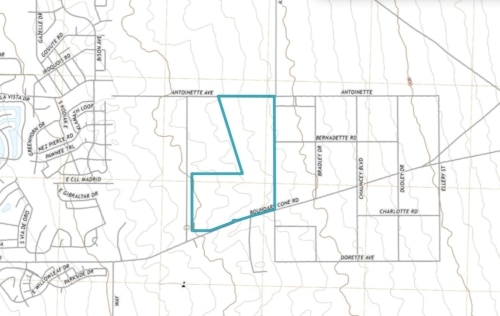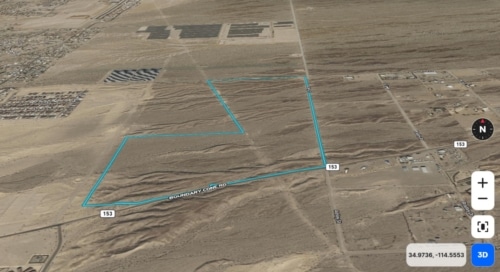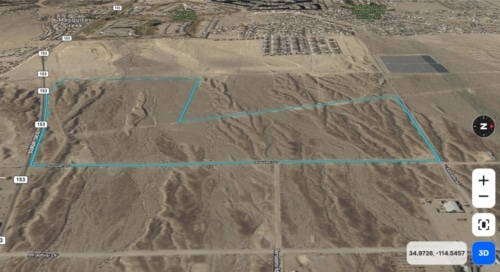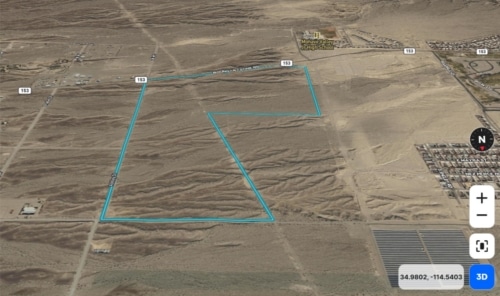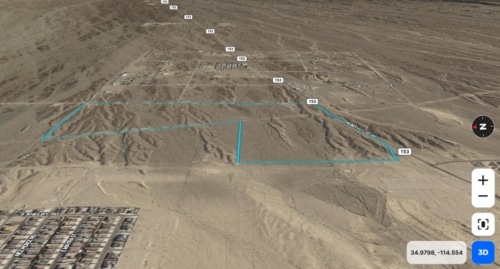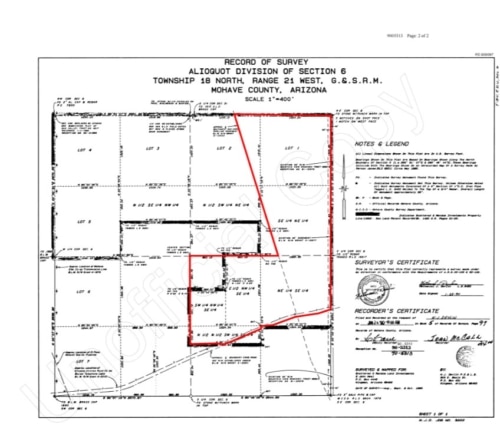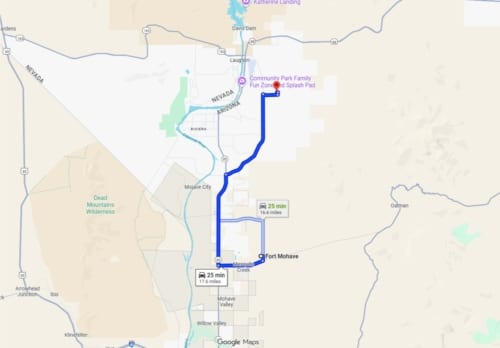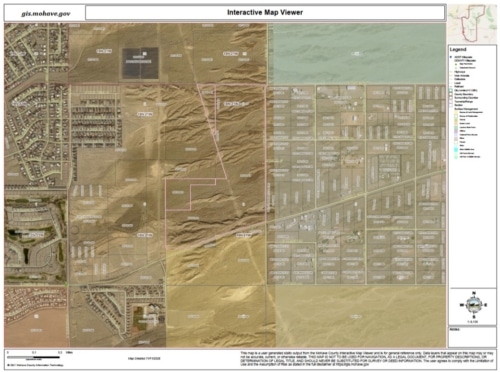Rural land is no longer just sitting quietly outside the city it's becoming the next big move for smart buyers. More and more folks are stepping back from the noise of urban life, realizing that owning a piece of land away from all the chaos is not just peaceful, it's strategic. Whether it's about growing your own food, building a weekend cabin, or just holding onto a tangible asset that grows in value over time, rural land investment is making more sense than ever.
So, is rural land a good investment in 2025? For a lot of people, the answer is yes. Prices are still reasonable, options are wide, and there's growing interest in off-grid living, farming, and remote work. Add to that the increasing affordability and lifestyle shifts, and you've got yourself a rising trend backed by solid demand.
Table of Contents
Why Rural Land Investment Is Booming in 2025
Rural land offers long-term value, lower entry costs, and fewer maintenance expenses compared to urban properties. It's ideal for agriculture, off-grid living, or future development. As cities expand, rural plots become more valuable over time.
Post-pandemic lifestyle shifts, remote work, and a desire for self-sufficiency have fueled interest in rural land. Buyers are looking for space, freedom, and investment security outside crowded cities.
The Shift in Lifestyle Choices
More people are choosing freedom over hustle. The desire to own space to breathe, to grow, to live on your own terms is pulling people toward the countryside. Remote work made that easier. Living in a city isn't the only option anymore.
Affordability & Access to More
You can still find land for sale in the countryside for what a parking spot costs in major cities. Plus, thanks to better mapping tools and local land buying guide options, it's easier than ever to start your search. Even first-time buyers can find useful checklists and communities offering help.
Not So Crowded (Yet)
While others are still fighting for overpriced condos and flipping houses, rural buyers are finding hidden gems. There's a lot less noise and competition in this space, and that's part of the charm. If you're serious about buying land as an investment, this space still has room for early movers.
In fact, in 2024 alone, rural land sales saw a 6.9% year-over-year increase and that number is expected to rise further this year.
Key Trends to Watch in 2025
Off-Grid Living Is Taking Off
It's not just trendy it's smart. People want to live with fewer bills and more control. Solar panels, water wells, compost toilets… these are all real solutions people are using on rural vacant land to live sustainably and independently.
The Remote Work Generation
With Wi-Fi reaching further every year, digital nomads are turning barns into workspaces and cabins into offices. High-speed internet has made investing in land that's quiet yet connected a serious win.
Nature Retreats and Eco-Tourism
Got land near a lake or some woods? You might be sitting on a business opportunity. Nature-based getaways are in demand. Glamping, tiny cabins, and wellness retreats are using rural land to create peaceful, profitable escapes.
Solar & Wind Potential
There's real money in leasing land for renewable energy. A lot of landowners are seeing steady income by simply leasing to solar or wind farms especially in open, rural areas where setup is easier and regulations are less strict. With federal clean energy incentives available in 2025, this is a serious income stream for large acreage holders.
Flexible Deals with Owner Financing
Getting a loan can be tricky, but buying owner financed land is becoming more common. Many sellers are okay with monthly payments directly, no banks needed. This opens doors for people who were once priced out.
The Weekend Warrior Crowd
Recreation is a real pull. Hunting, camping and dirt biking it all needs space. That's why you must know about types of land to buy before investing. Such activities often include recreational lots near forests or lakes. Some are buying purely for fun.
Farming Is Back
Small-scale farming is cool again. People are growing mushrooms, herbs, fruits you name it. It's part hustle, part passion, and people are buying agricultural rural land for exactly this reason.
Here’s Where the Opportunity Really Lives for Investors
Prices are still decent, interest is rising, and development is creeping in slowly which means time is on your side. The return may not be overnight, but the potential is steady and low-risk.
Picking the Right Kind of Land
Let's talk about the kind of rural land that actually makes sense to buy. first, there's residential land good if you're thinking of building a house or setting up that dream off-grid cabin. Then there's recreational land stuff near woods, lakes, or trails. great if you want to camp, hunt, or just escape the city. and of course, agricultural land if you're into farming or leasing it out to someone who is.
Where to Look
If you're thinking long term, check out states to buy land like Oregon, Arizona, Nevada, Missouri, Arkansas, Tennessee, Kentucky, and even parts of Maine. These spots still offer good-sized plots, lower prices, and favorable zoning. Many of them are considered among the best places to buy land in the USA due to lower taxes, friendly laws, and plenty of open space.
Challenges to Be Aware Of
Utility Access Isn’t Always a Given
Don't assume there's electricity, water, or sewage. A lot of rural land for sale doesn't have modern amenities. You'll need to check and potentially install those systems yourself.
Zoning Can Get Complicated
Every area has its own rules. What looks like a great campsite might be in a protected area. That's why understanding land zoning and regulations before you buy is one of the most important steps.
Boundary Issues
Land parcels don't always come clearly marked. Without a survey, you could end up with disputes or worse, paying for land that overlaps someone else's. That's one of the key questions to ask when buying land: where exactly does your property start and end?
Road & Seasonal Access
Some land has no legal access road. Others become unreachable during floods or snow. That can be a dealbreaker if you want to live or build there.
Title Risks
Old family-owned properties sometimes have gaps in the paperwork. Get proper checks done, and always go for title insurance. This protects your land ownership rights.
A First-Time Buyer’s Checklist
- Verify zoning before dreaming up big plans
- Order a proper survey always
- Check for road access and basic utilities
- Ask about owner financing to skip the bank hassle
- Look into the area's growth, is it stable or drying up?
- Physically visit the land pictures can lie
- Work with an experienced rural agent don't go blind
- Use a solid land buying guide it's not like buying in the city
Even if you're just starting out, the process isn't too hard. Just slow down, ask the right questions, and don't skip steps.
Wrapping It All Up
So circling back, is rural land a good investment? It really is. You're not just buying dirt. You're buying potential. A place to grow food, escape the crowd, or build something real.
You don't have to be a millionaire or a developer. You just need to be thoughtful. Know your goal. Use a land buying guide, ask the questions to ask when buying land, and don't rush.
Whether you want a second home, a farm, a retirement spot, or just a chunk of raw land investment to hold for the future, 2025 is a solid time to make a move.


